Challenges of High Renewable Energy Sources Integration in Power Systems—The Case of Croatia
Abstract
1. Introduction
1.1. Motivation and Background
1.2. Literature Survey
1.3. Contributions
2. Specifics of Croatian Power System
3. Analysis of RES Integration Future Scenarios and Inertia Reduction
3.1. Expected Large-Scale RES Integration
3.2. System Inertia Reduction Scenarios
4. Further Challenges of Photovoltaic Systems Integration
- Inertial response
- 2.
- Primary frequency control
- (a)
- absolute production—PVS produces a fixed amount of power;
- (b)
- delta production—PVS produces a certain percentage of power regarding the available maximum power.
5. Further Challenges of Wind Power Integration
5.1. The Importance of Power Production Forecasting
5.2. Application of Advanced Deep Learning Methods on WPF
6. Conclusions
Author Contributions
Funding
Institutional Review Board Statement
Informed Consent Statement
Data Availability Statement
Acknowledgments
Conflicts of Interest
Abbreviations
| AC | Alternating current |
| DC | Direct current |
| DG | Distributed generation |
| DSO | Distribution system operator |
| ENTSO-E | European Network of Transmission System Operators |
| EOTRP | Optimal connection study |
| EPS | Electric power system |
| H | System inertia constant (s) |
| HPP | Hydropower plant |
| I | Current (A) |
| LSTM | Long Short-term Memory |
| MPPT | Maximum power point tracking |
| MSE | Mean square error |
| NWP | Numerical weather prediction |
| P | Active power (W) |
| PL | Load disturbance (p.u.) |
| PVS | Photovoltaic system |
| Q | Reactive power (Var) |
| RES | Renewable energy sources |
| RMSE | Root mean square error |
| RNN | Recurrent neural networks |
| ROCOF | Rate of change of frequency (Hz/s) |
| SCADA | Supervisory Control and Data Acquisition |
| TPP | Thermal power plant |
| TSO | Transmission system operator |
| U | Voltage (V) |
| Vdeload | Higher voltage than its optimal value (V) |
| Vmpp | Voltage at the point of maximum power (V) |
| WF | Wind farms |
| WPP | Wind power plants |
| ΔV | Difference between Vdeload and Vmpp (V) |
References
- International Renewable Energy Agency. Renewable Capacity Statistics 2020; International Renewable Energy Agency: Abu Dhabi, United Arab Emirates, 2020. [Google Scholar]
- Ackermann, T.; Prevost, T.; Vittal, V.; Roscoe, A.J.; Matevosyan, J.; Miller, N. Paving the Way: A Future Without Inertia Is Closer Than You Think. IEEE Power Energy Mag. 2017, 15, 61–69. [Google Scholar] [CrossRef]
- Croatian Transmission System Operator. Monthly Report on Wind Power Plant Generation in Croatia; Croatian Transmission System Operator: Zagreb, Croatia, 2020. [Google Scholar]
- Rocabert, J.; Luna, A.; Blaabjerg, F.; Rodríguez, P. Control of power converters in AC microgrids. IEEE Trans. Power Electron. 2012, 27, 4734–4749. [Google Scholar] [CrossRef]
- Agathokleous, C.; Ehnberg, J. The Need for Additional Inertia in the European Power System until 2050 and the Contribution of Wind Power. In Proceedings of the 4th International Hybrid Power Systems Workshop, Crete, Greece, 22–23 May 2019; pp. 1–5. [Google Scholar]
- Kundur, P.; Balu, N.J.; Lauby, M.G. Power System Stability and Control; McGraw-Hill: New York, NY, USA, 1994. [Google Scholar]
- Kundur, P.; Paserba, J.; Ajjarapu, V.; Andersson, G.; Bose, A.; Canizares, C.; Hatziargyriou, N.; Hill, D.; Stankovic, A.; Taylor, C.; et al. Definition and classification of power system stability. IEEE Trans. Power Syst. 2004, 19, 1387–1401. [Google Scholar]
- Zhou, Y.; Nguyen, D.D.; Kjaer, P.C.; Saylors, S. Connecting wind power plant with weak grid—Challenges and solutions. In Proceedings of the IEEE Power and Energy Society General Meeting, Vancouver, BC, Canada, 21–25 July 2013. [Google Scholar]
- Krpan, M.; Kuzle, I. Dynamic characteristics of virtual inertial response provision by DFIG-based wind turbines. Electr. Power Syst. Res. 2020, 178, 106005. [Google Scholar] [CrossRef]
- Rajan, R.; Fernandez, F.M. Power control strategy of photovoltaic plants for frequency regulation in a hybrid power system. Int. J. Electr. Power Energy Syst. 2019, 110, 171–183. [Google Scholar] [CrossRef]
- Zhang, F.; Hu, Z.; Xie, X.; Zhang, J.; Song, Y. Assessment of the Effectiveness of Energy Storage Resources in the Frequency Regulation of a Single-Area Power System. IEEE Trans. Power Syst. 2017, 32, 3373–3380. [Google Scholar] [CrossRef]
- Tielens, P.; Van Hertem, D. Grid Inertia and Frequency Control in Power Systems with High Penetration of Renewables. In Proceedings of the Young Researchers Symposium in Electrical Power Engineering, Delft, The Netherlands, 16–17 April 2012; KU Leuven: Leuven, Belgium, 2012. [Google Scholar]
- Agathokleous, C.; Ehnberg, J. A Quantitative Study on the Requirement for Additional Inertia in the European Power System until 2050 and the Potential Role of Wind Power. Energies 2020, 13, 2309. [Google Scholar] [CrossRef]
- Teng, F.; Aunedi, M.; Strbac, G.; Trovato, V.; Dallagi, A. Provision of ancillary services in future low-carbon UK electricity system. In Proceedings of the 2017 IEEE PES Innovative Smart Grid Technologies Conference Europe, ISGT-Europe 2017, Torino, Italy, 26–29 September 2017; Volume 2018, pp. 1–6. [Google Scholar]
- Lenzi, V.; Ulbig, A.; Andersson, G. Impacts of forecast accuracy on grid integration of renewable energy sources. In Proceedings of the 2013 IEEE Grenoble Conference PowerTech, POWERTECH 2013, Grenoble, France, 16–20 June 2013. [Google Scholar]
- Alhelou, H.; Hamedani-Golshan, M.-E.; Zamani, R.; Heydarian-Forushani, E.; Siano, P. Challenges and Opportunities of Load Frequency Control in Conventional, Modern and Future Smart Power Systems: A Comprehensive Review. Energies 2018, 11, 2497. [Google Scholar] [CrossRef]
- Tambunan, H.B.; Hakam, D.F.; Prahastono, I.; Pharmatrisanti, A.; Purnomoadi, A.P.; Aisyah, S.; Wicaksono, Y.; Sandy, I.G.R. The Challenges and Opportunities of Renewable Energy Source (RES) Penetration in Indonesia: Case Study of Java-Bali Power System. Energies 2020, 13, 5903. [Google Scholar] [CrossRef]
- Abrahamsen, F.E.; Ruud, S.G.; Gebremedhin, A. Moving Toward a Sustainable Energy System: A Case Study of Viken County of Norway. Energies 2020, 13, 5912. [Google Scholar] [CrossRef]
- Kling, W.L.; Ummels, B.C.; Hendriks, R.L. Transmission and system integration of wind power in the Netherlands. In Proceedings of the 2007 IEEE Power Engineering Society General Meeting, PES, Tampa, FL, USA, 24–28 June 2007. [Google Scholar]
- Ntomalis, S.; Iliadis, P.; Atsonios, K.; Nesiadis, A.; Nikolopoulos, N.; Grammelis, P. Dynamic Modeling and Simulation of Non-Interconnected Systems under High-RES Penetration: The Madeira Island Case. Energies 2020, 13, 5786. [Google Scholar] [CrossRef]
- Curto, D.; Favuzza, S.; Franzitta, V.; Musca, R.; Navarro Navia, M.A.; Zizzo, G. Evaluation of the optimal renewable electricity mix for Lampedusa island: The adoption of a technical and economical methodology. J. Clean. Prod. 2020, 263, 121404. [Google Scholar] [CrossRef]
- Crainz, M.; Curto, D.; Franzitta, V.; Longo, S.; Montana, F.; Musca, R.; Sanseverino, E.R.; Telaretti, E. Flexibility Services to Minimize the Electricity Production from Fossil Fuels. A Case Study in a Mediterranean Small Island. Energies 2019, 12, 3492. [Google Scholar] [CrossRef]
- Jung, C.; Schindler, D.; Grau, L. Achieving Germany’s wind energy expansion target with an improved wind turbine siting approach. Energy Convers. Manag. 2018, 173, 383–398. [Google Scholar] [CrossRef]
- De Simón-Martín, M.; De La Puente-Gil, Á.; Borge-Diez, D.; Ciria-Garcés, T.; González-Martínez, A. Wind energy planning for a sustainable transition to a decarbonized generation scenario based on the opportunity cost of the wind energy: Spanish Iberian Peninsula as case study. Energy Procedia 2019, 157, 1144–1163. [Google Scholar] [CrossRef]
- Gao, Y.; Ma, S.; Wang, T.; Wang, T.; Gong, Y.; Peng, F.; Tsunekawa, A. Assessing the wind energy potential of China in considering its variability/intermittency. Energy Convers. Manag. 2020, 226, 113580. [Google Scholar] [CrossRef]
- Cheshire, B. Offshore wind playing a lead role in the UK’s green energy transformation. In Renewable Energy Focus; Elsevier Ltd.: Amsterdam, The Netherlands, 2016; Volume 17, pp. 23–24. [Google Scholar]
- Clegg, S.; Mancarella, P. Integrated Modeling and Assessment of the Operational Impact of Power-to-Gas (P2G) on Electrical and Gas Transmission Networks. IEEE Trans. Sustain. Energy 2015, 6, 1234–1244. [Google Scholar] [CrossRef]
- Guandalini, G.; Robinius, M.; Grube, T.; Campanari, S.; Stolten, D. Long-term power-to-gas potential from wind and solar power: A country analysis for Italy. Int. J. Hydrogen Energy 2017, 42, 13389–13406. [Google Scholar] [CrossRef]
- Binder, H. Power Control for Wind Turbines in Weak Grids; Risø National Laboratory: Roskilde, Denmark, 1999. [Google Scholar]
- Tande, J.O.G. Exploitation of wind-energy resources in proximity to weak electric grids. Appl. Energy 2000, 65, 395–401. [Google Scholar] [CrossRef]
- Croatian Transmission System Operator. Network Connection. Available online: https://www.hops.hr/en/network-connection (accessed on 30 December 2020).
- Capuder, T.; Pandžić, H.; Kuzle, I.; Škrlec, D. Specifics of integration of wind power plants into the Croatian transmission network. Appl. Energy 2013, 101, 142–150. [Google Scholar] [CrossRef]
- Home—DIgSILENT. Available online: https://www.digsilent.de/en/ (accessed on 30 December 2020).
- Đaković, J.; Krpan, M.; Ilak, P.; Baškarad, T.; Kuzle, I. Impact of wind capacity share, allocation of inertia and grid configuration on transient RoCoF: The case of the Croatian power system. Int. J. Electr. Power Energy Syst. 2020, 121, 106075. [Google Scholar] [CrossRef]
- Dreidy, M.; Mokhlis, H.; Mekhilef, S. Inertia response and frequency control techniques for renewable energy sources: A review. Renew. Sustain. Energy Rev. 2017, 69, 144–155. [Google Scholar] [CrossRef]
- Poolla, B.K.; Groß, D.; Dörfler, F. Placement and Implementation of Grid-Forming and Grid-Following Virtual Inertia and Fast Frequency Response. IEEE Trans. Power Syst. 2019, 34, 3035–3046. [Google Scholar] [CrossRef]
- Rakhshani, E.; Rouzbehi, K.; Sánchez, A.J.; Tobar, A.C.; Pouresmaeil, E. Integration of Large Scale PV-Based Generation into Power Systems: A Survey. Energies 2019, 12, 1425. [Google Scholar] [CrossRef]
- Cabrera-Tobar, A.; Bullich-Massagué, E.; Aragüés-Peñalba, M.; Gomis-Bellmunt, O. Review of advanced grid requirements for the integration of large scale photovoltaic power plants in the transmission system. Renew. Sustain. Energy Rev. 2016, 62, 971–987. [Google Scholar] [CrossRef]
- Tavakkoli, M.; Adabi, J.; Zabihi, S.; Godina, R.; Pouresmaeil, E. Reserve Allocation of Photovoltaic Systems to Improve Frequency Stability in Hybrid Power Systems. Energies 2018, 11, 2583. [Google Scholar] [CrossRef]
- Baškarad, T.; Kuzle, I.; Holjevac, N. Photovoltaic System Power Reserve Determination Using Parabolic Approximation of Frequency Response. IEEE Trans. Smart Grid 2021. under review. [Google Scholar]
- Huang, C.-J.; Kuo, P.-H. A Short-Term Wind Speed Forecasting Model by Using Artificial Neural Networks with Stochastic Optimization for Renewable Energy Systems. Energies 2018, 11, 2777. [Google Scholar] [CrossRef]
- Giebel, G.; Draxl, C.; Brownsword, R.; Kariniotakis, G.; Denhard, M. The State-Of-The-Art in Short-Term Prediction of Wind Power A Literature Overview; ANEMOS Project: Roskilde, Denmark, 2004; p. 36. [Google Scholar]
- Đaković, J.; Kuzle, I. Status and classification of methods for predicting electric power production from wind power plants. In Proceedings of the 13th Symposium on Power System Management, Rovinj, Croatia, 5–7 November 2018; p. 10. [Google Scholar]

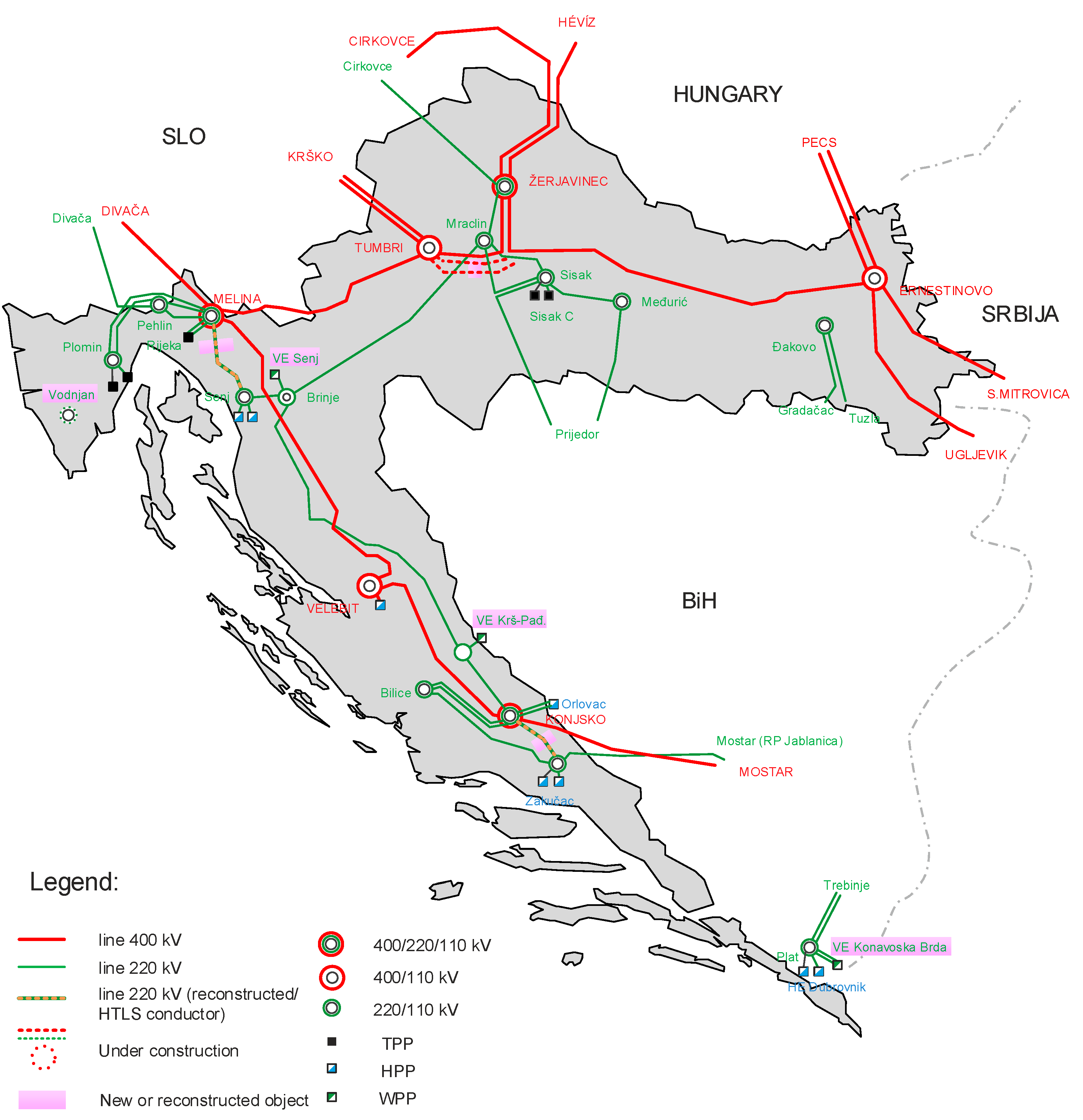
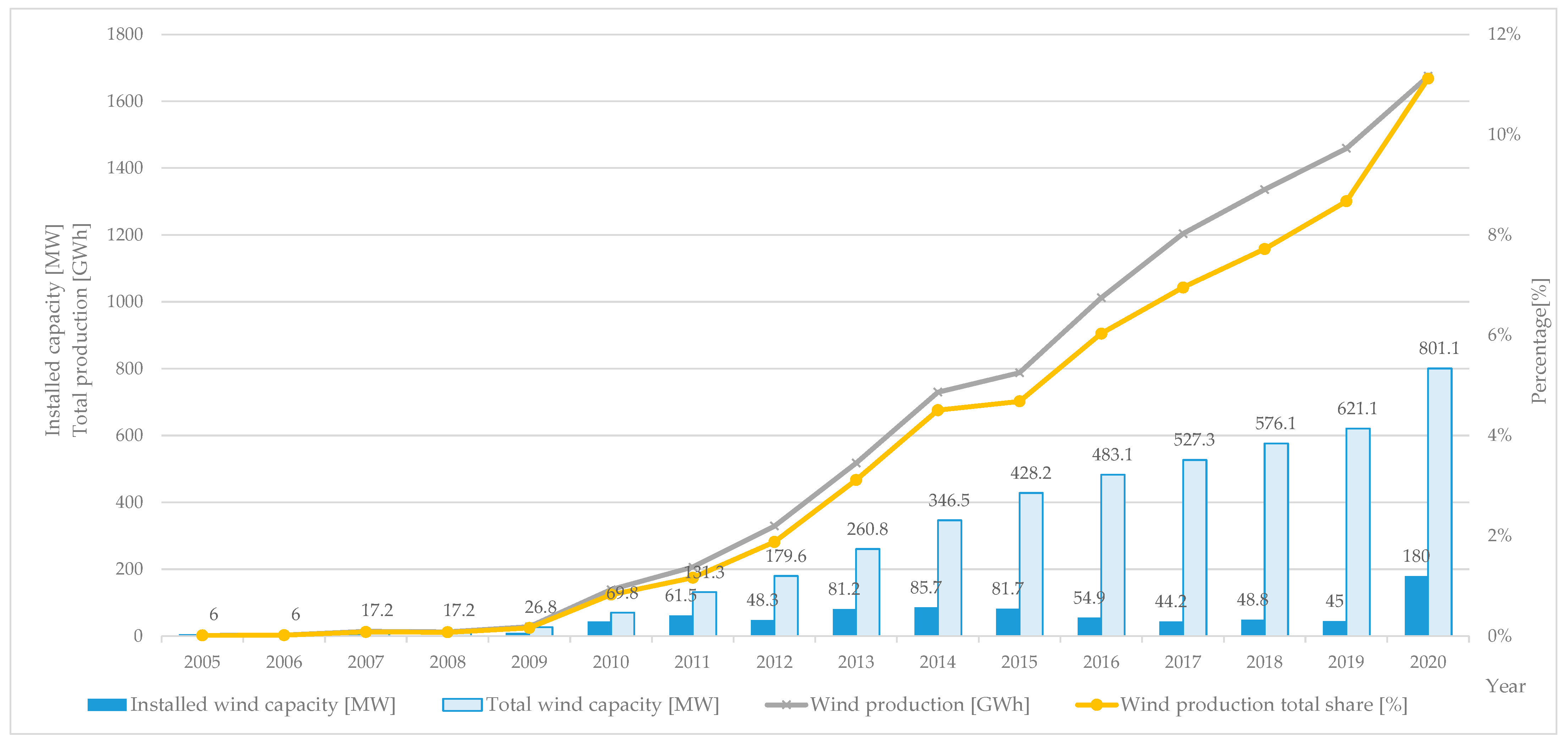
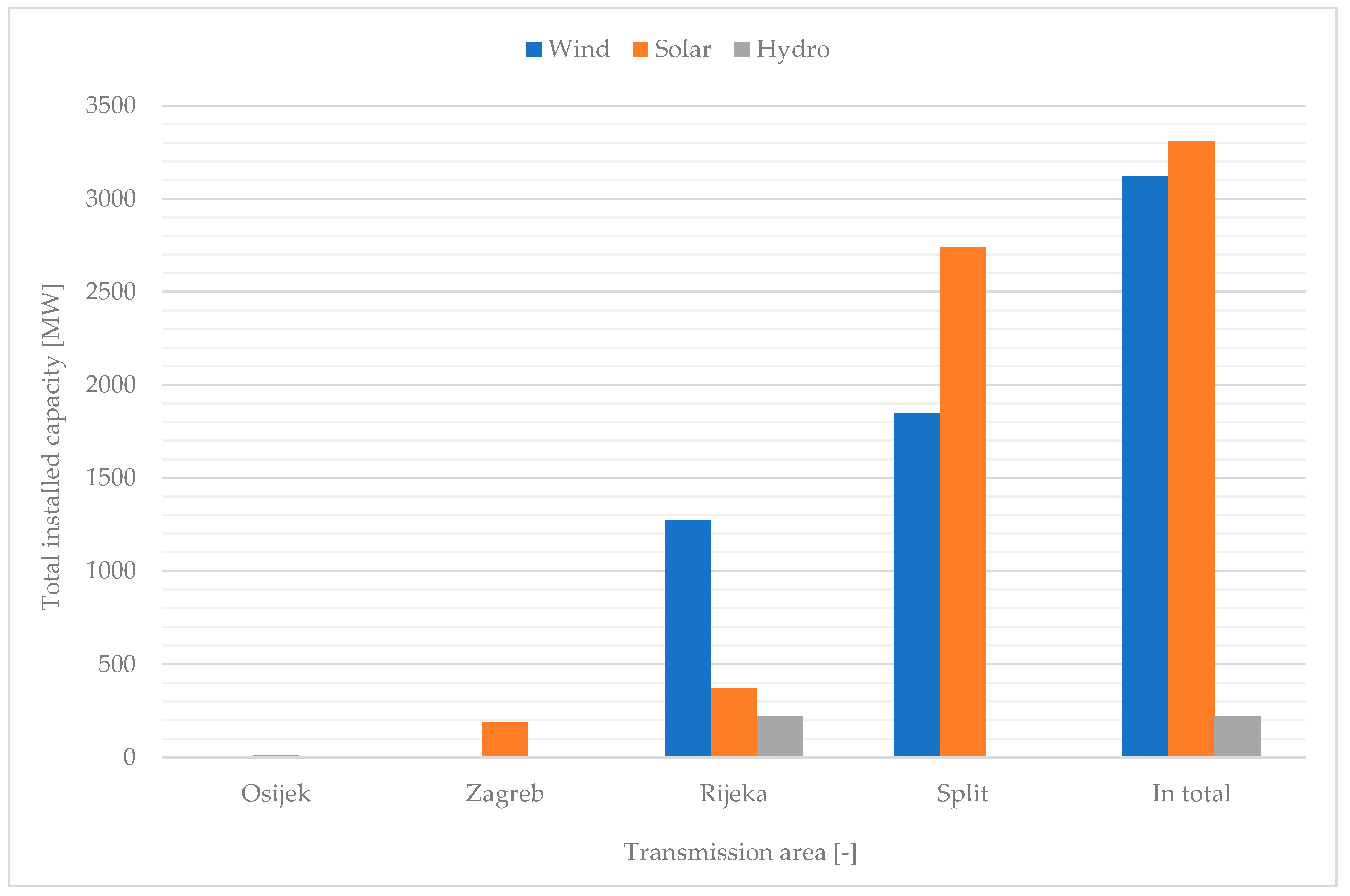
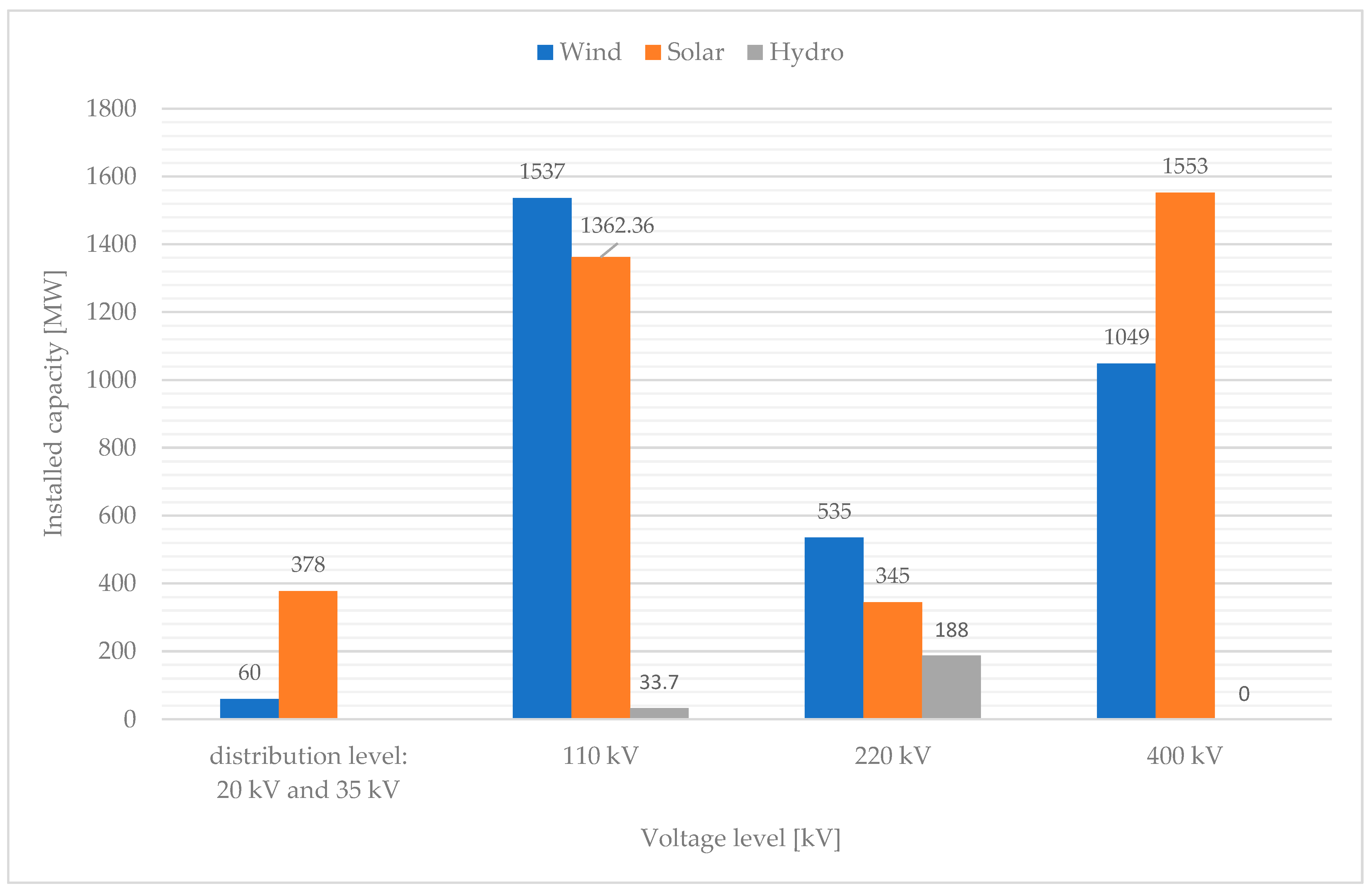
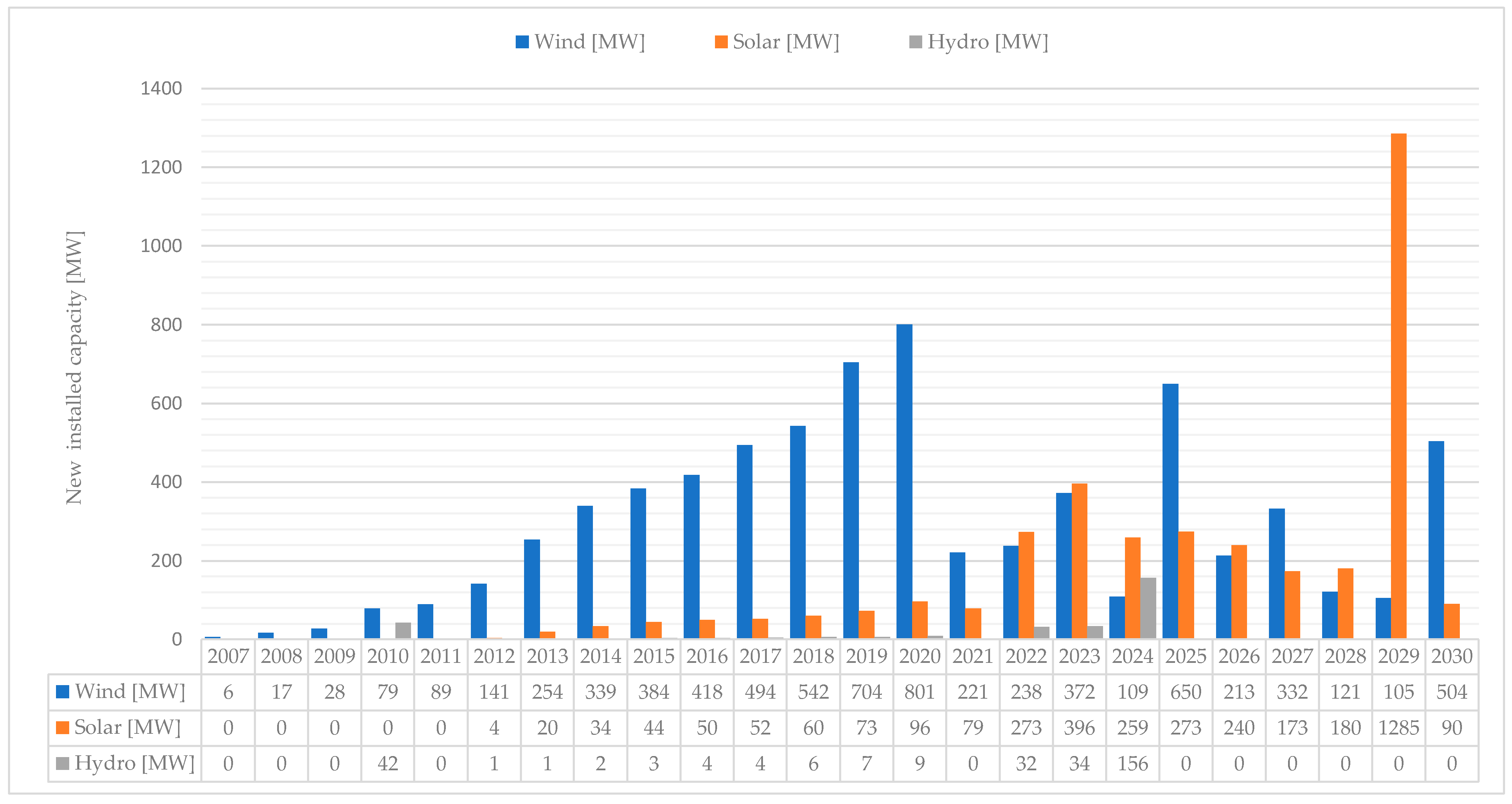
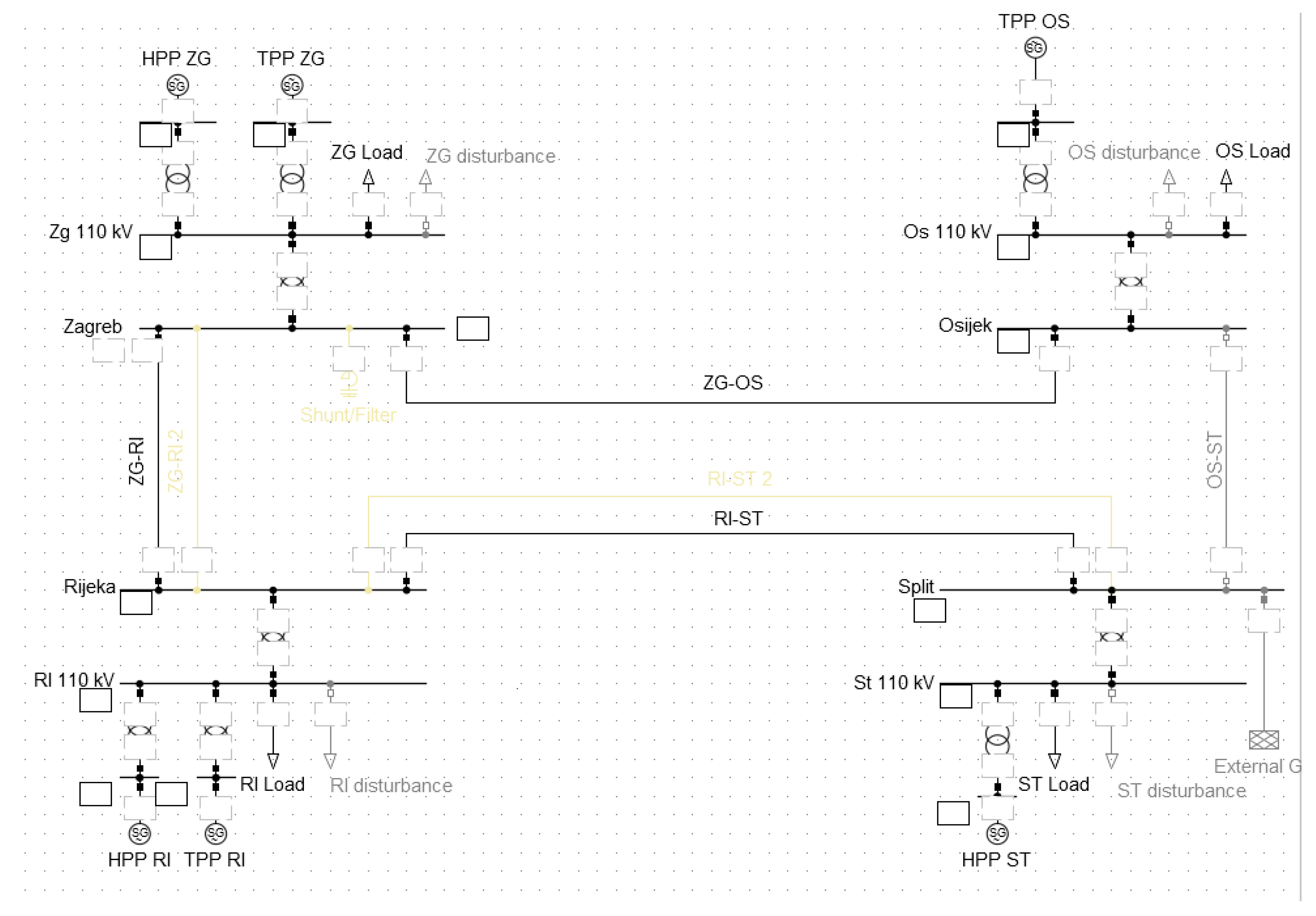
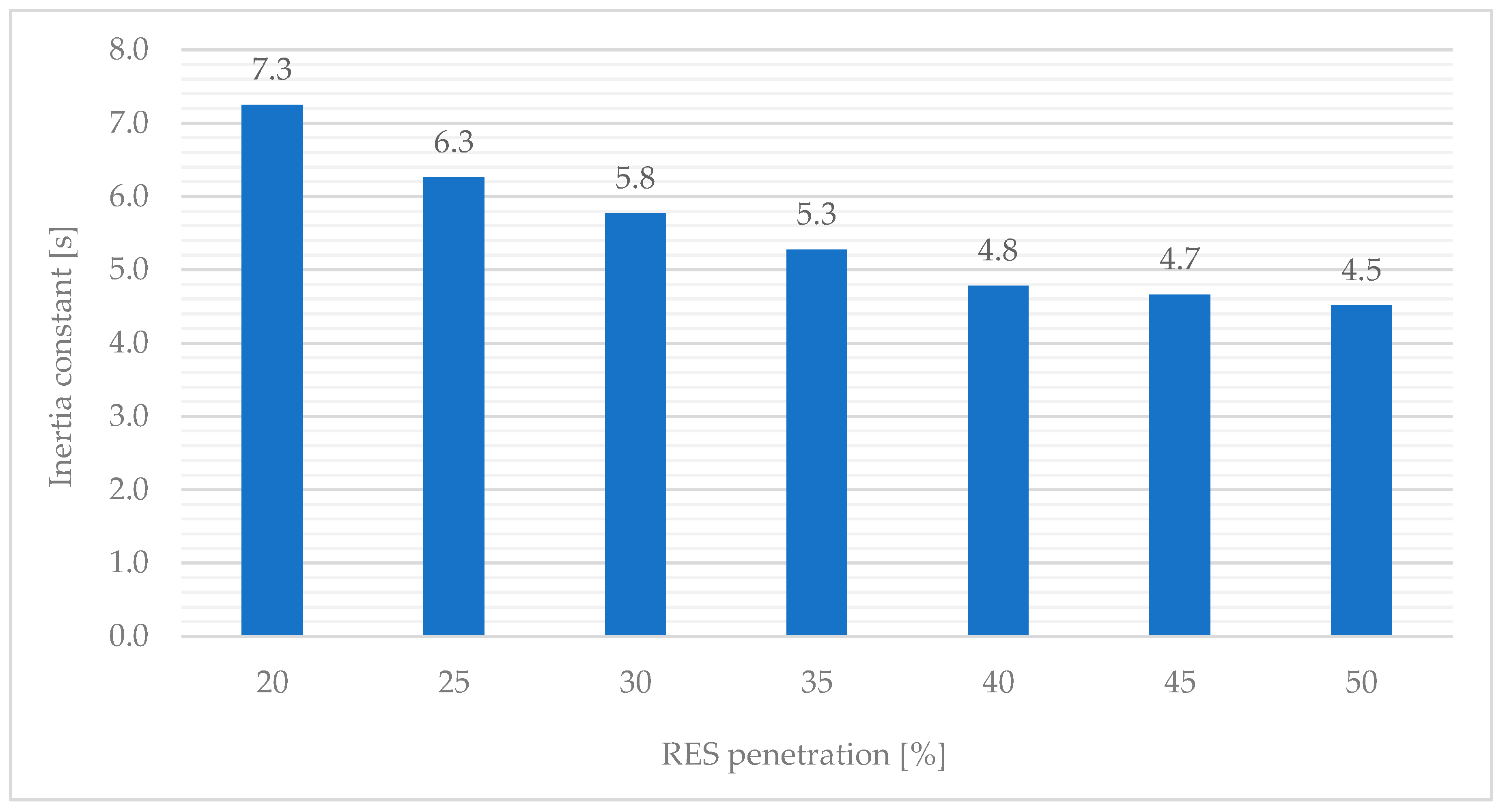
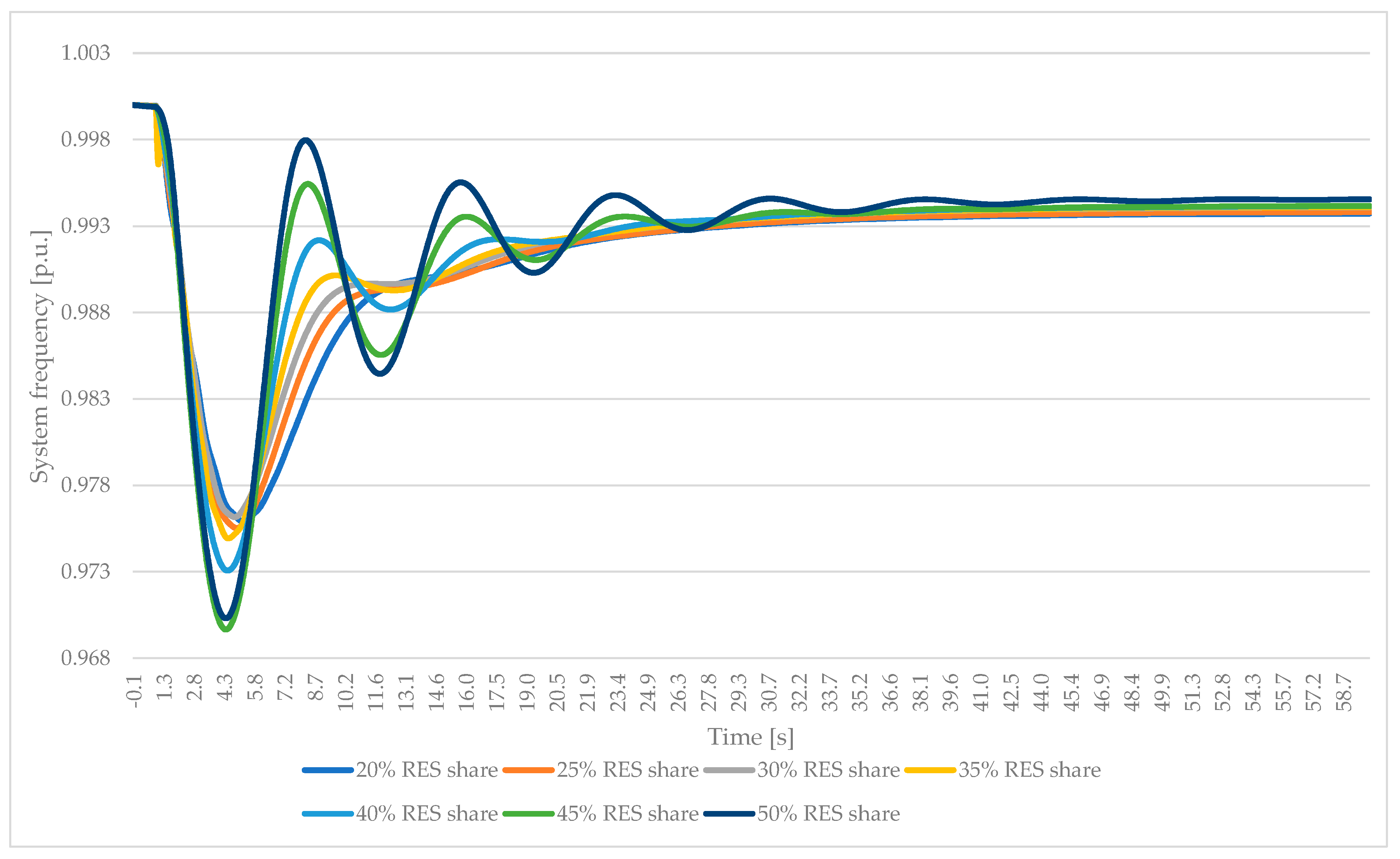
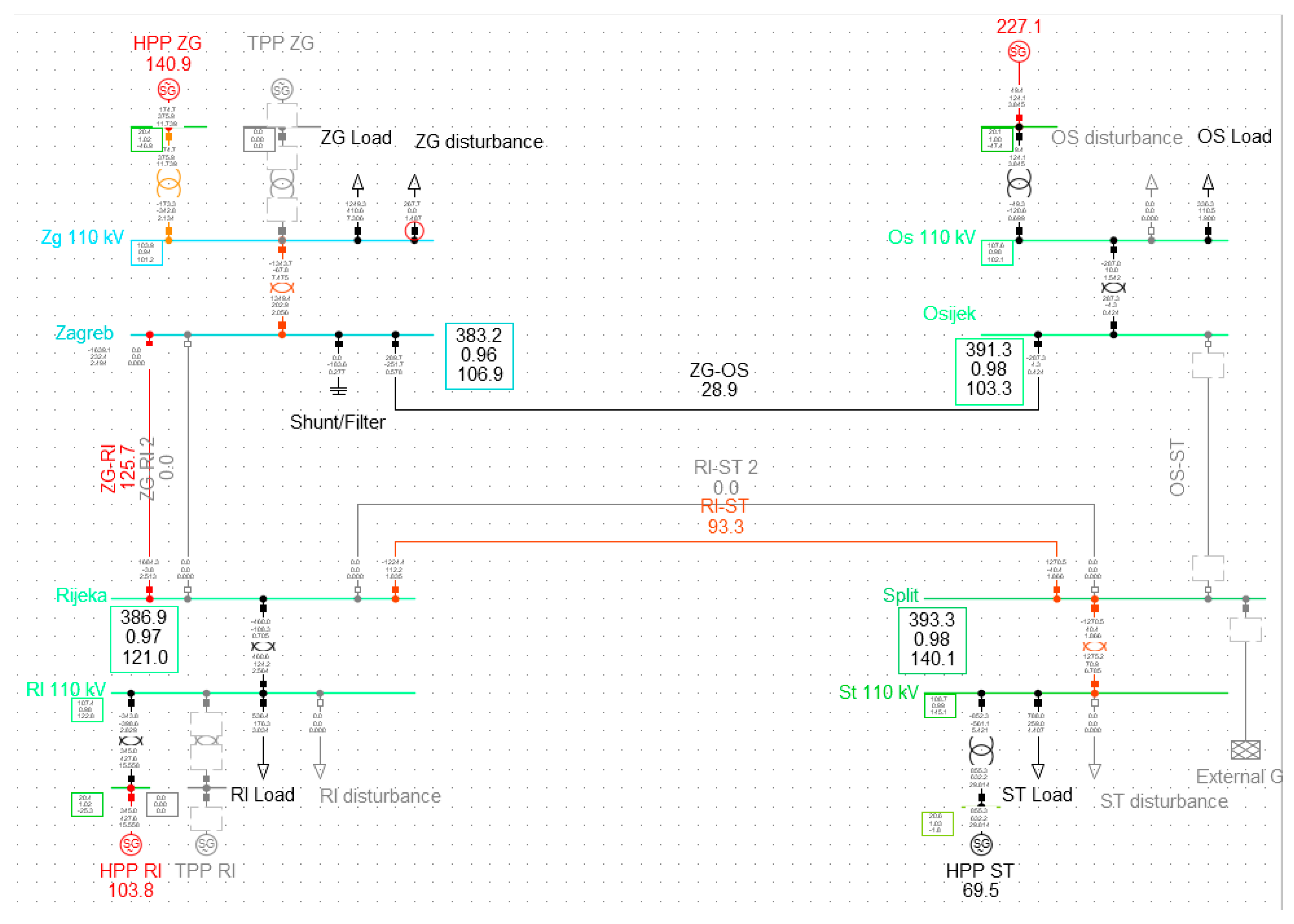
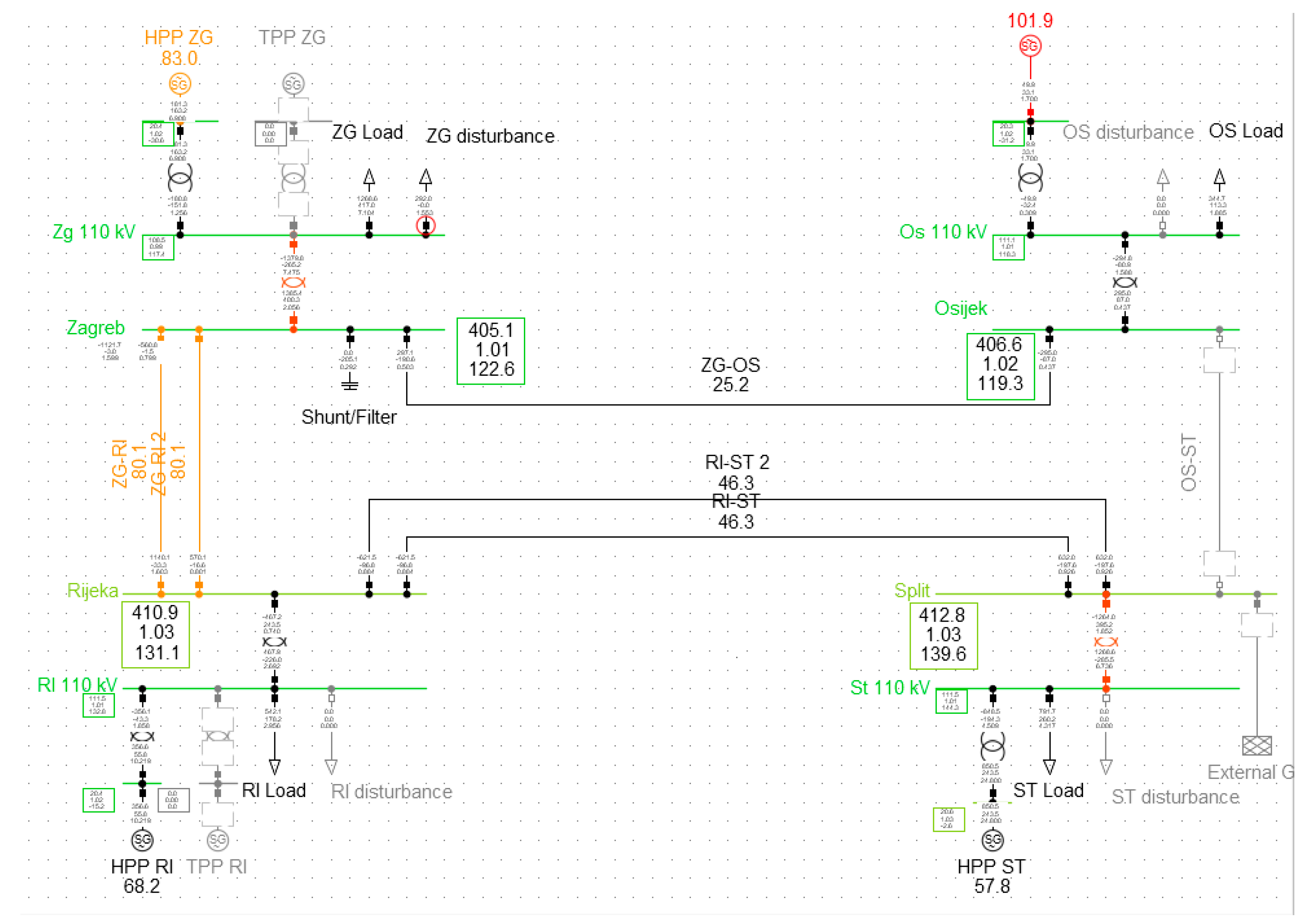
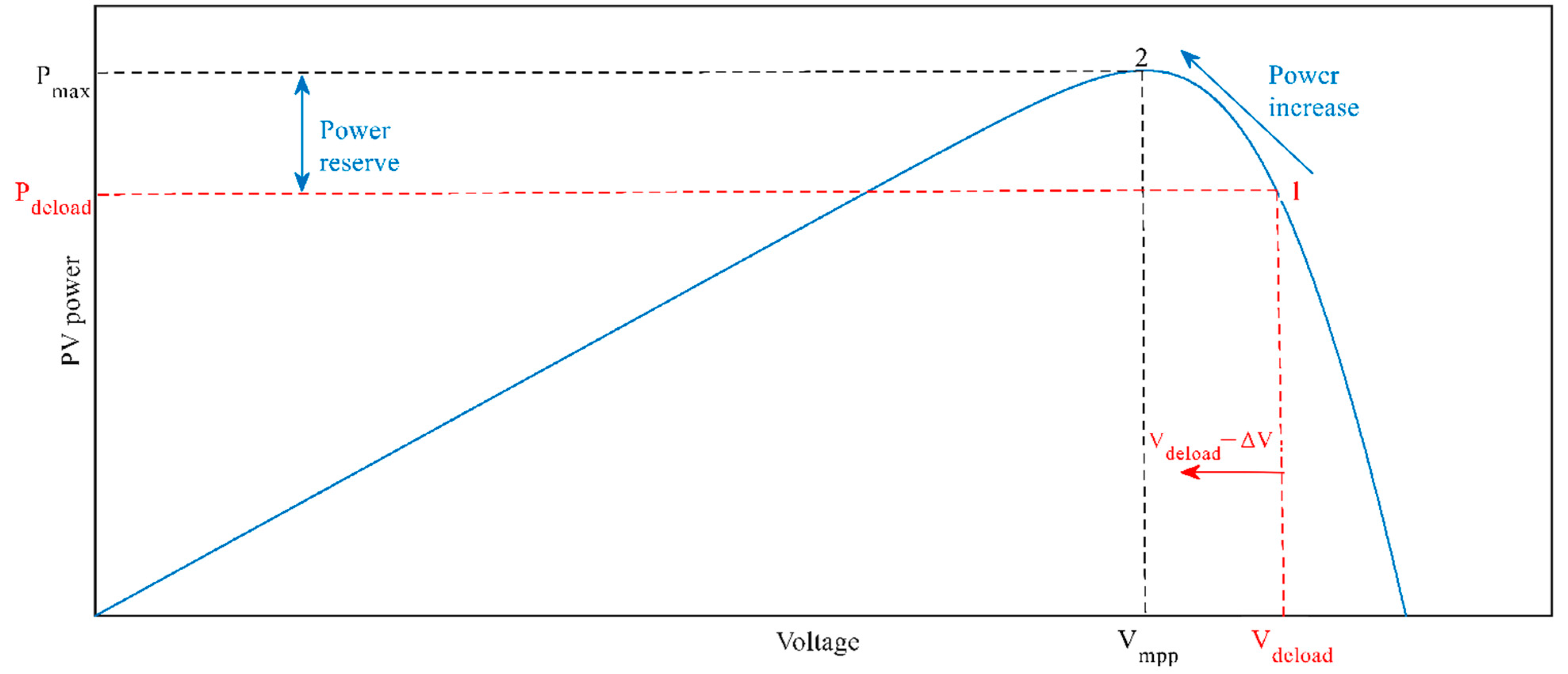
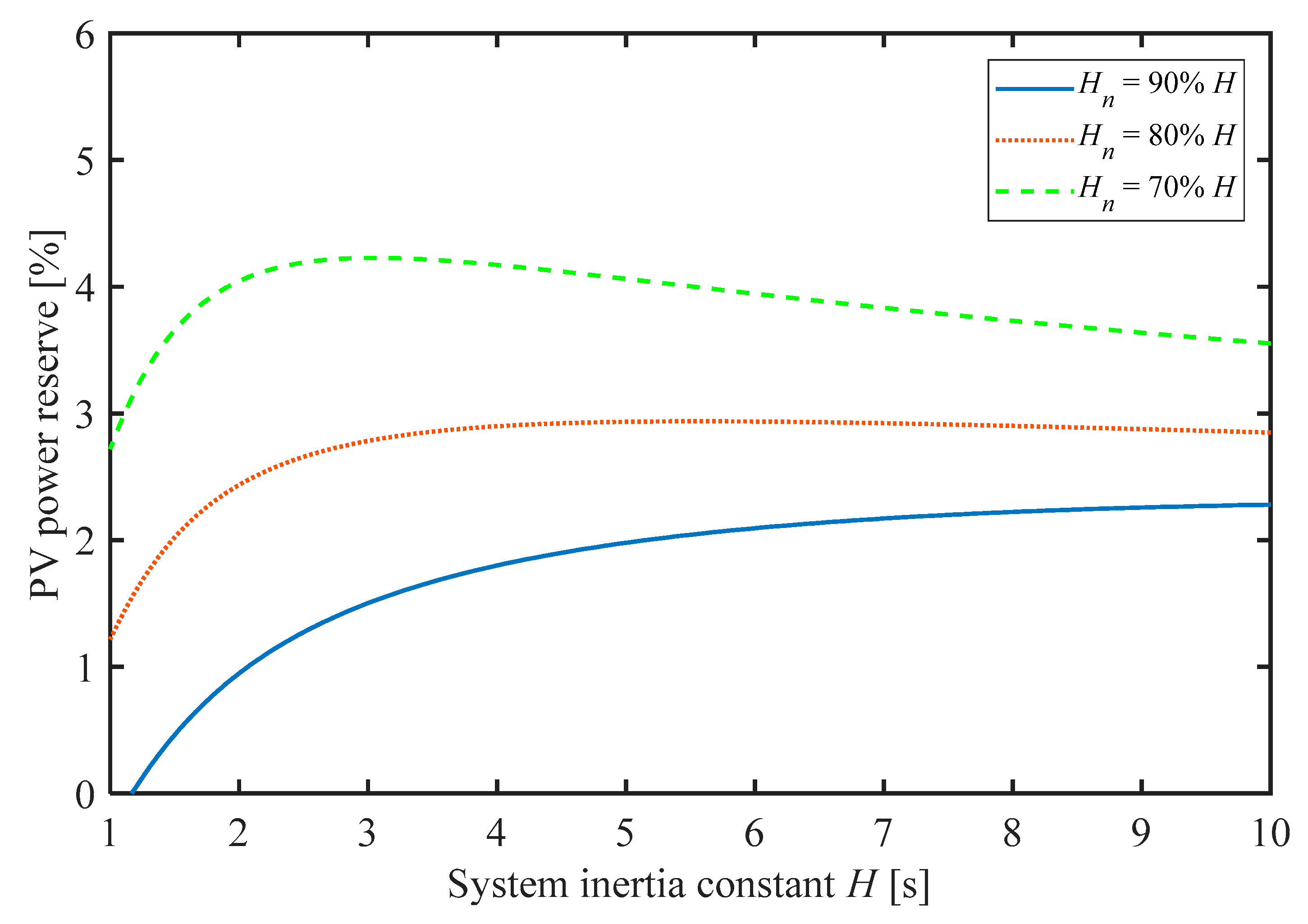
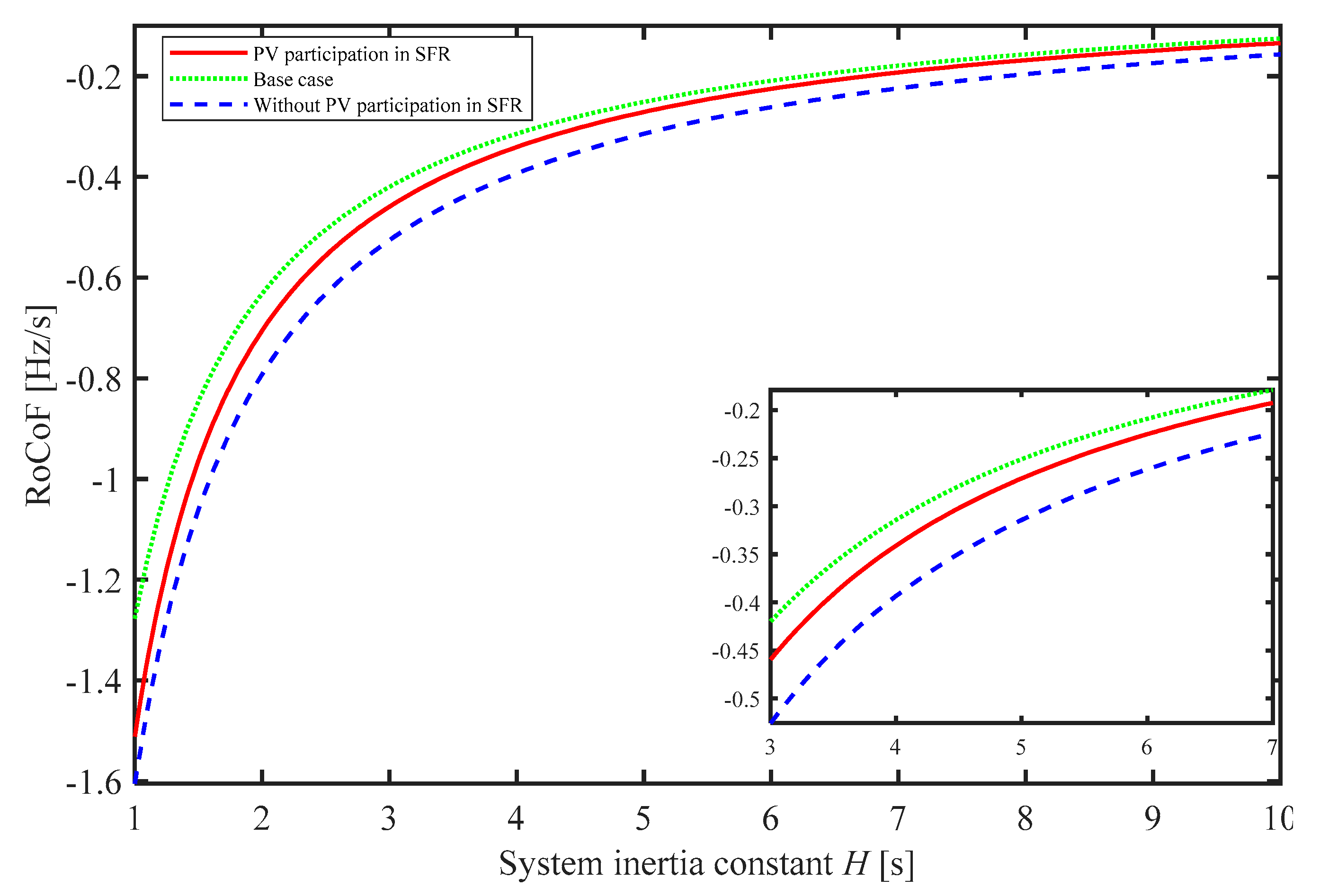

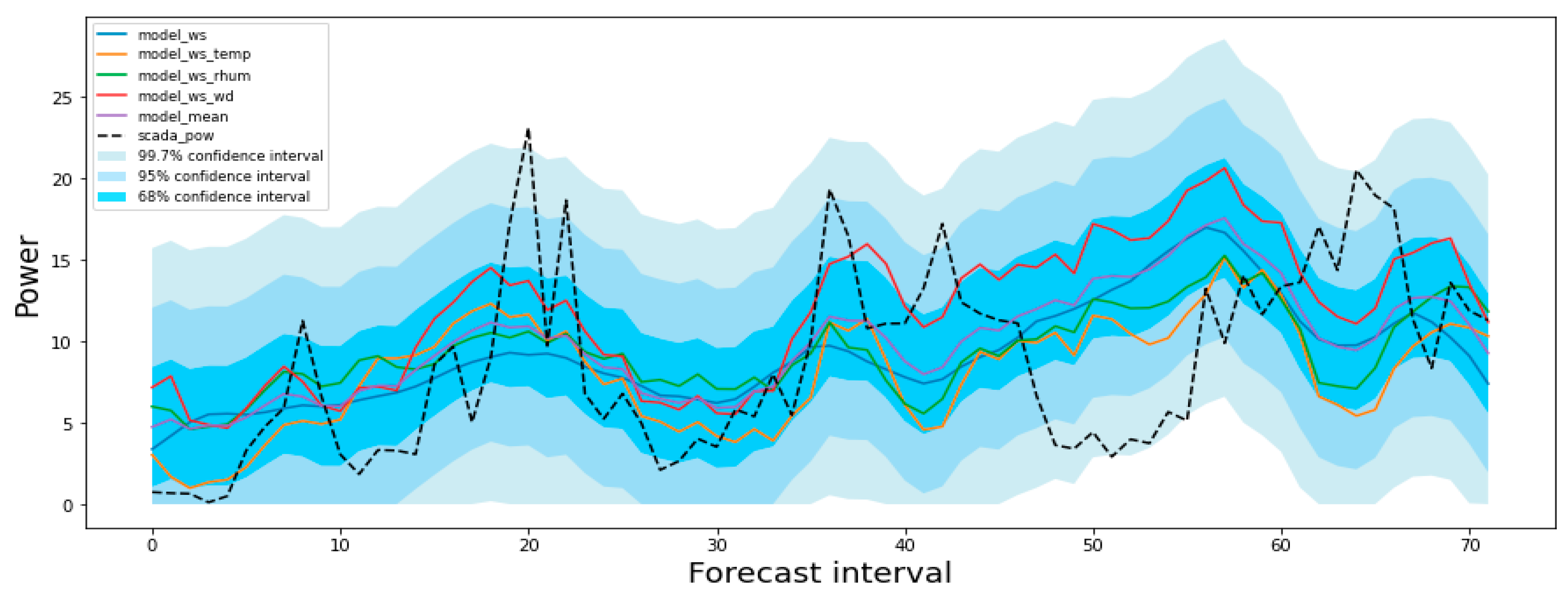
Publisher’s Note: MDPI stays neutral with regard to jurisdictional claims in published maps and institutional affiliations. |
© 2021 by the authors. Licensee MDPI, Basel, Switzerland. This article is an open access article distributed under the terms and conditions of the Creative Commons Attribution (CC BY) license (http://creativecommons.org/licenses/by/4.0/).
Share and Cite
Holjevac, N.; Baškarad, T.; Đaković, J.; Krpan, M.; Zidar, M.; Kuzle, I. Challenges of High Renewable Energy Sources Integration in Power Systems—The Case of Croatia. Energies 2021, 14, 1047. https://doi.org/10.3390/en14041047
Holjevac N, Baškarad T, Đaković J, Krpan M, Zidar M, Kuzle I. Challenges of High Renewable Energy Sources Integration in Power Systems—The Case of Croatia. Energies. 2021; 14(4):1047. https://doi.org/10.3390/en14041047
Chicago/Turabian StyleHoljevac, Ninoslav, Tomislav Baškarad, Josip Đaković, Matej Krpan, Matija Zidar, and Igor Kuzle. 2021. "Challenges of High Renewable Energy Sources Integration in Power Systems—The Case of Croatia" Energies 14, no. 4: 1047. https://doi.org/10.3390/en14041047
APA StyleHoljevac, N., Baškarad, T., Đaković, J., Krpan, M., Zidar, M., & Kuzle, I. (2021). Challenges of High Renewable Energy Sources Integration in Power Systems—The Case of Croatia. Energies, 14(4), 1047. https://doi.org/10.3390/en14041047







